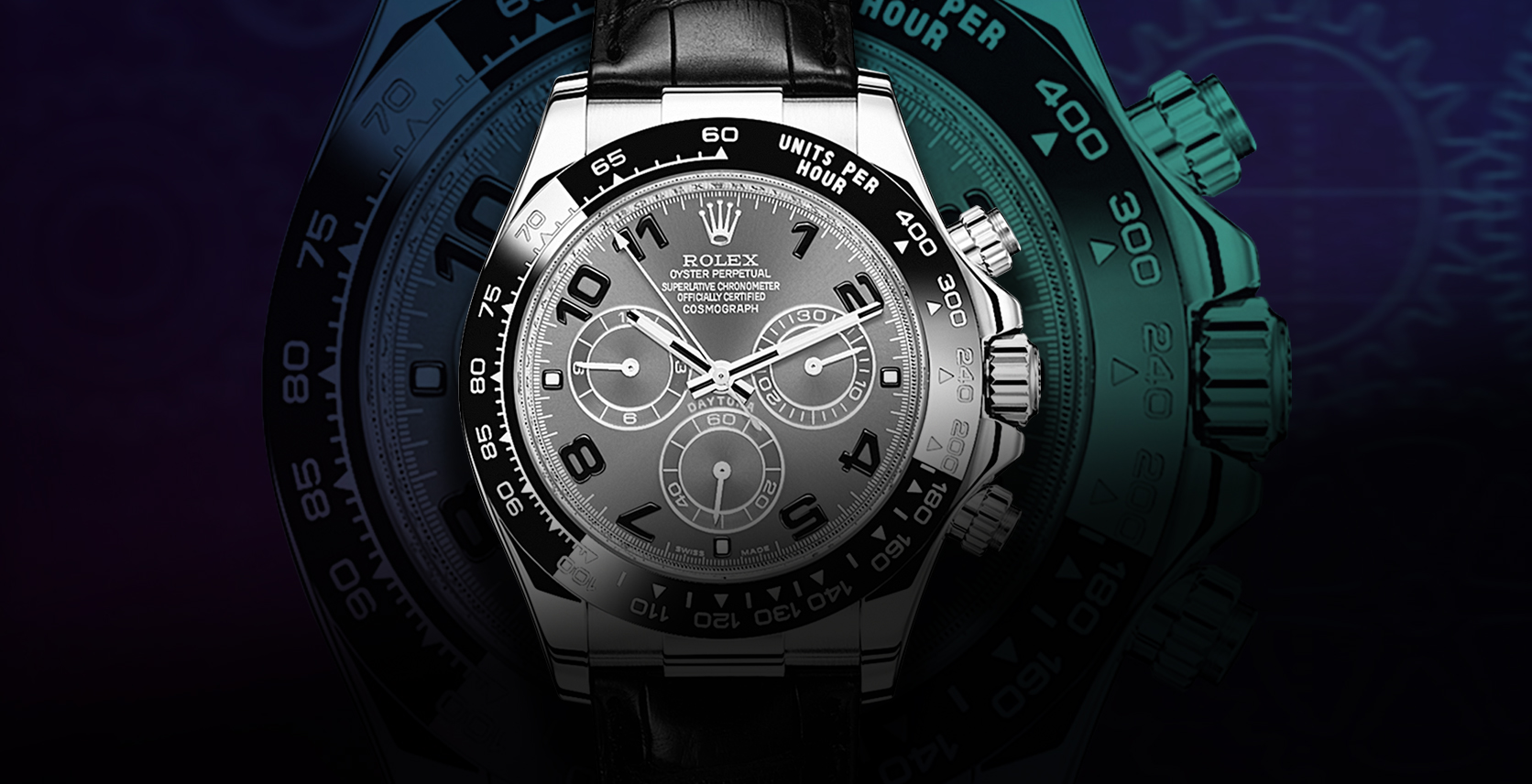How to Use the Tachymetre on Your Watch
So, you’ve got yourself a nice sports watch. Congratulations. Now, it’s time to learn how to use it. Let’s start with the tachymetre. This is the series of descending numbers found around the outermost edge of the watch bezel, not to be confused with the ascending digits found on the bezel of a dive watch.
The tachymetre is a tool designed for measuring speed; specifically, the average speed of an object traveling over a known distance; e.g., the speed of a car as it travels over a mile. Or the speed of a yacht as it sails past buoys a half a kilometre apart.
To find the speed of the car in the first example:
1. Press the chronograph button on the watch as the car starts off.
2. The needle will sweep around the scale.
3. When the car reaches the end of the mile, stop the chronograph, and simply read off the number the needle points to on the tachymetre scale. Say, in this case, the needle was pointing at 120, you know the car is traveling 120 mph.
The tachymetre works irrespective of the unit of measure. If that car above was traveling over one kilometre in the same amount of time, you’d know its average speed was 120 km/h.
There are limitations, though. Most tachymetres can’t measure anything under 7.5 seconds or over 60 seconds. But you can work around this by changing the distance measured accordingly.










